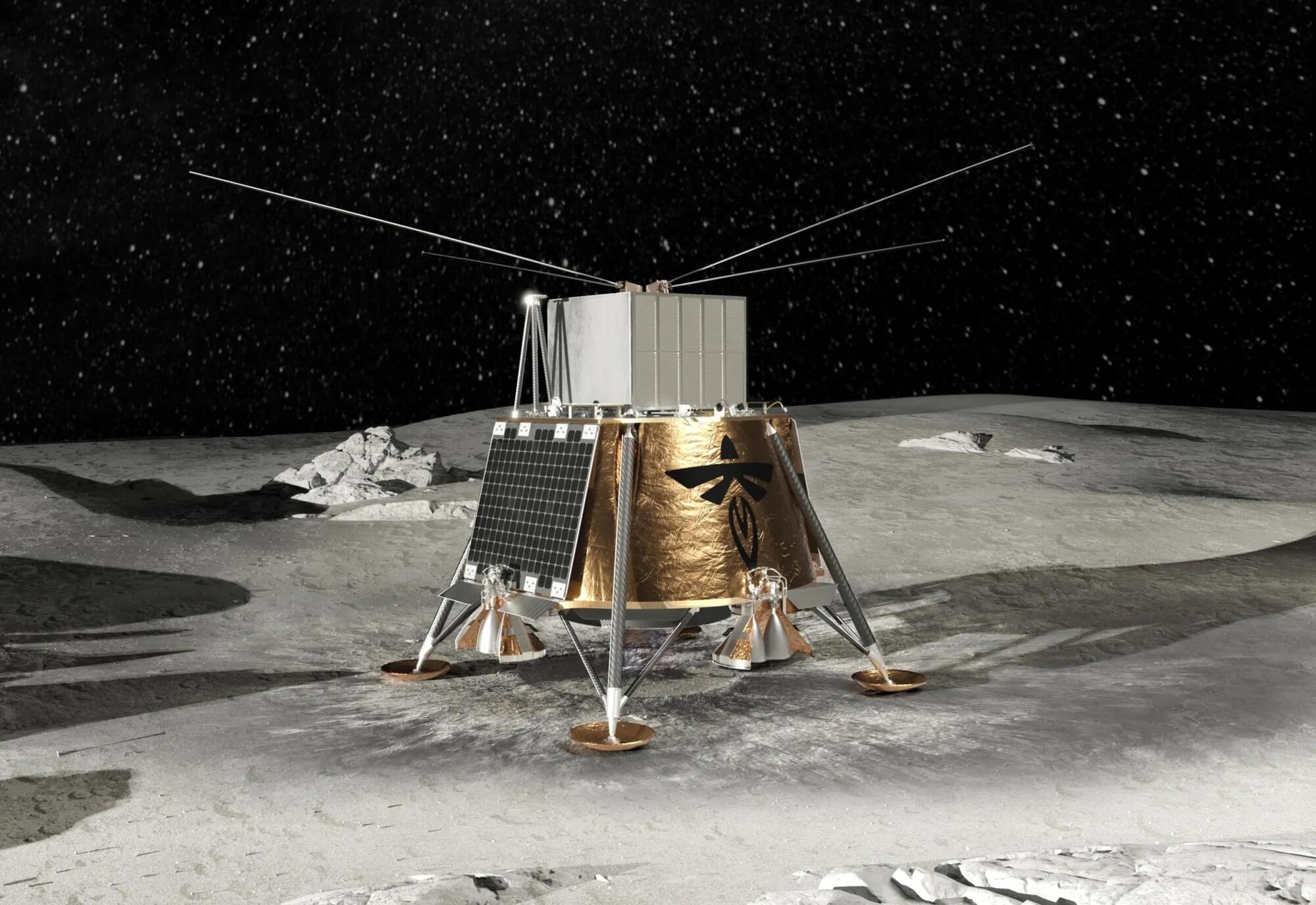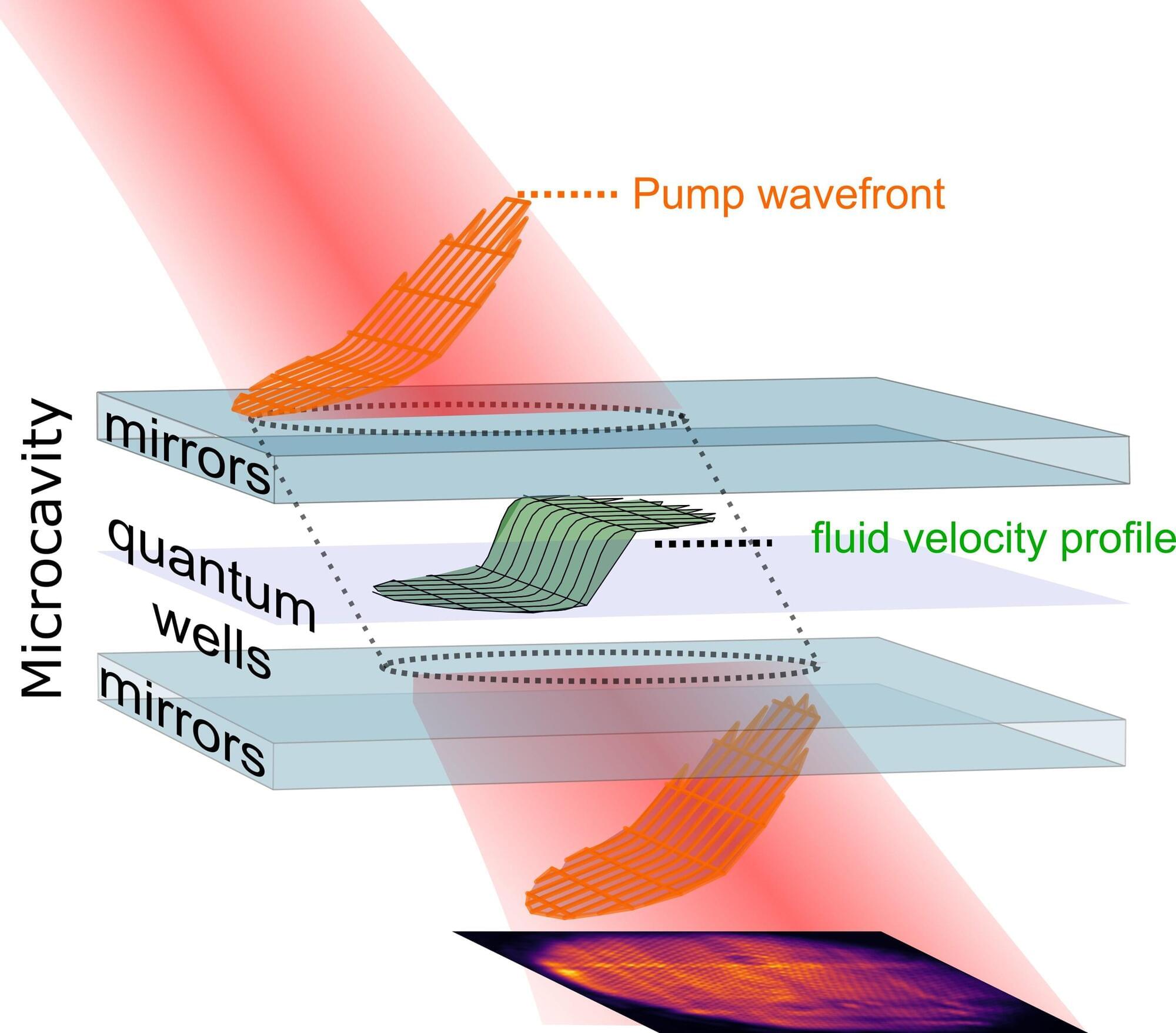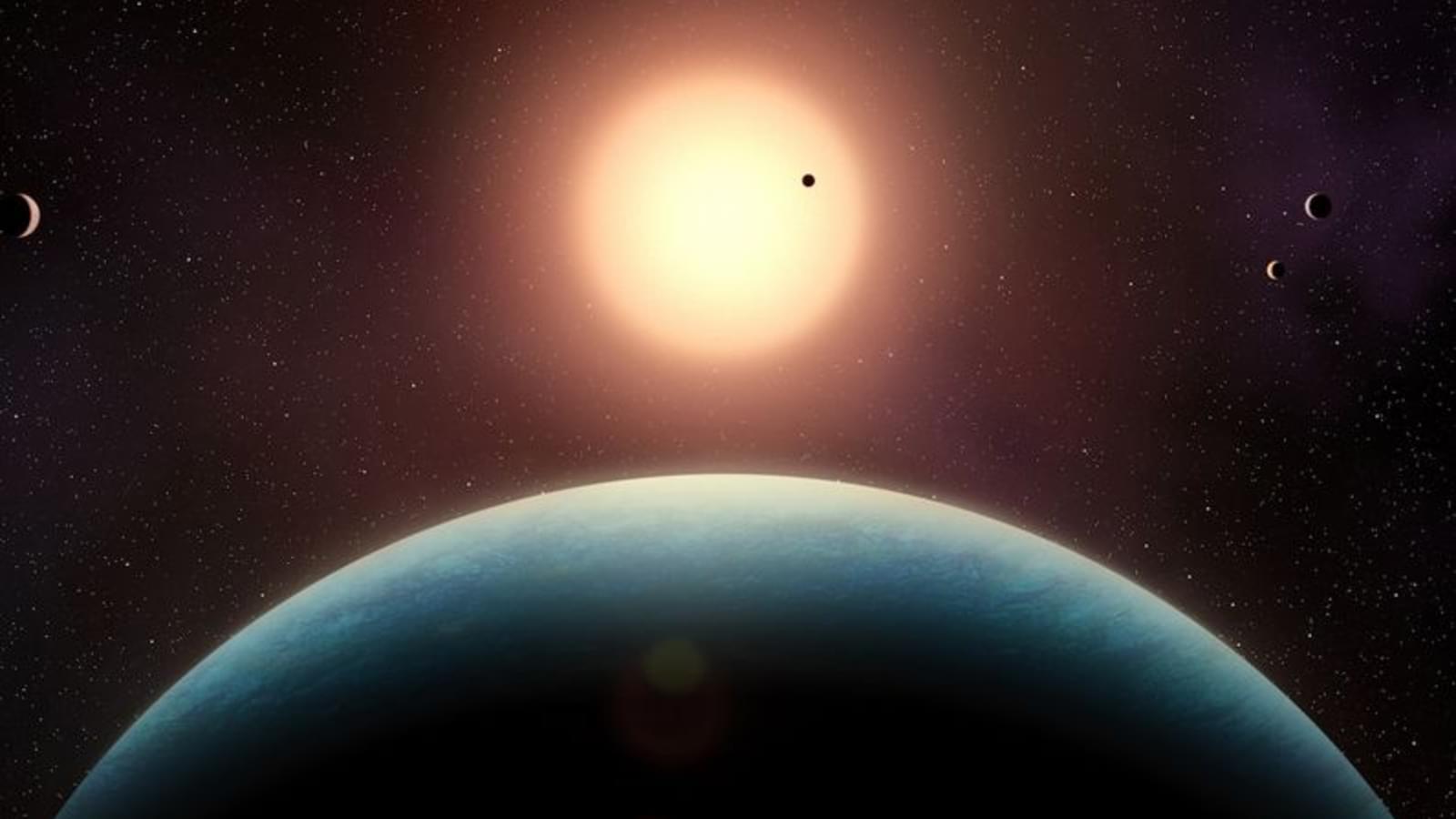Quantum field theory (QFT) is a physics framework that describes how particles and forces behave based on principles rooted in quantum mechanics and Albert Einstein’s special relativity theory. This framework predicts the emergence of various remarkable effects in curved spacetimes, including Hawking radiation.
Hawking radiation is the thermal radiation theorized to be emitted by black holes close to the event horizon (i.e., the boundary around a black hole after which gravity becomes too strong for anything to escape). As ascertaining the existence of Hawking radiation and testing other QFT predictions in space is currently impossible, physicists have been trying to identify physical systems that could mimic aspects of curved spacetimes in experimental settings.
Researchers at Sorbonne University recently identified a new promising experimental platform for simulating QFT and testing its predictions. Their proposed QFT simulator, outlined in a paper published in Physical Review Letters, consists of a one-dimensional quantum fluid made of polaritons, quasiparticles that emerge from strong interactions between photons (i.e., light particles) and excitons (i.e., bound pairs of electrons and holes in semiconductors).







